The present system of examination, rather than facilitating learning, acts as a barrier in broad-basing the curricula, introducing modularity, and offering wider choices because they pose a logistical nightmare in terms of examination and evaluation. Studies after studies, in India and abroad, have proved that such an examination system is not capable of assessing the talents, abilities, and potentials of students. As NEP 2020 is being celebrated annually to showcase its speedy implementation, it appears desirable to draw the attention of the academic community to this critical aspect of higher education at this juncture.
It was in 1987 that I had written a piece on the state of affairs of the examination system in higher education in the country. It was published by the ‘Hindustan Times’ on 11th May of that year under the title “Examination: An Exercise in Futility”. Since then, higher education has undergone a series of reforms but the examination system in most of the affiliating universities and also in many unitary and teaching universities continue to remain as they were way back in the seventies, barring the re-introduction of the semester system and internal marks. As NEP 2020 is being celebrated annually to showcase its speedy implementation, it appears desirable to draw the attention of the academic community to this critical aspect of higher education at this juncture.
Universities think that their examination results reflected by the pass percentages are important indicators of their quality and, therefore, examinations need to be robust and conducted in a rigorous process. So strong is this belief that even unitary and residential universities with no affiliated colleges, are also unwilling to trust their own teachers and would want to prefer an elaborate rigmarole for conducting their examination. Even after shifting to the semester system, the old examination mechanism continues with the result that while under the annual system they had to undergo this regimen only once a year, they do so now twice a year.
Also Read: The Great Indian Distressful Examinations: An Introspection
Universities and colleges are unwilling to trust their own teachers and, rather, prefer an elaborate rigmarole for conducting the examinations.
It is with this belief that they have evolved an elaborate rigmarole for their semester-end and terminal examinations. Based on the principles of checks and balances, they seek to demonstrate objectivity and confidentiality in the process. They do not trust their own teachers to set question papers and go a long length to appoint external examiners; and since they too couldn’t be trusted, several of them are appointed to set multiple sets of question papers, one of which, is finally picked up randomly to eliminate possibilities of guesses and leaks. The question papers are then moderated by a committee to ensure that they are error-free and questions evenly distributed across all the units of the syllabus, which they think necessary to compel teachers to completely cover the syllabus and deter them from cutting corners. They are then printed, safe-kept, and delivered on a just-in-time basis to the examination centres so that none are able to see them beforehand.
These done, the examinations are held in an equally elaborate manner. Examinees are thoroughly searched while entering the examination halls and are invigilated by teachers, who must not know in advance as to which room they would be assigned to. Presuming that invigilators might be lackadaisical in their duty, they are instructed to keep continuously walking back and forth in the examination hall and lest they are tempted to sit down, all possible things that they could sit upon are removed. Further, universities constitute flying squads that raid the examinations hall at random to deter students from cheating and also to signal the invigilators to remain alert.
Also Read: Time to Rethink and Reform the Examination System
The answer scripts are then packed, sealed, and securely transported to a kind of strong room where very confidentially appointed coders code them to hide the identities of the examinees so as to minimise the chances of favouritism or victimisation by the evaluators. They are then either dispatched to the distant examiners or to a centralised evaluation centre to avoid delays in receiving evaluated answer books. Once evaluated they are sent under strict security to equally secretively appointed decoders to restore the roll numbers of students and pass them on to the tabulators who would enter the marks against the roll numbers of students.
Over the past decades, the process has been reformed to bring in technology by computerisation and automation. The cover pages of the answer books are OCR readable. Thus when scanned, the coding, decoding, and tabulation get done speedily. A few have also gone ahead to scan every page of the answer scripts send them digitally to the evaluators to evaluate on screen and enter marks which get automatically tabulated. This, indeed, simplifies the process but can hardly be called cost-effective.
Also Read: Reform Examinations to Promote Deeper Learning
This rigmarole baffles those universities which trust their teachers to set question papers, evaluate the answer scripts and forward the marks to the office for tabulation and preparation of mark sheets, though such institutions are few and far in between. Despite strong pieces of evidence to the effect that those higher educational institutions that follow the least cumbersome internal assessment and evaluation system save a lot of expenses and, yet, are invariably counted amongst the premier institutions of higher education, most universities hold the belief that any change in their prevalent practices would tantamount to dilution in their quality and effectually their reputation.
Any suggestion to move towards comprehensive, continuous, internal evaluation in tune with the best global principle that those who can be entrusted to teach must also be trusted to evaluate their students invites sharp reactions from the academic community. When countered with the fact that their examination and evaluation system is not trusted even by their own students as quite a few of them seek scrutiny or revaluation of their answer scripts, their standard retort is that students do so because the scrutiny and revaluation fees are so low that every student would want to take a chance. But they have no answers when confronted with the question as to why marks of so many students change, often substantially, post-revaluation.
Also Read: Educational Supremacy in ‘Vishwaguru’ India: A Long Way to Go
People often comment with sarcasm that the country has ‘no education system but only the examination system’.
They fail to recognise that such an elaborate process costs time and money and takes away students and teachers for a substantial period of time, from their core duties of teaching and learning. What purpose does this bewildering examination system serve? Gone are the days when examination results would guarantee admissions and jobs. Today, barring a few universities which admit students on the basis of their examination results, most admission and jobs require students to undergo an equally elaborate entrance examination for which we now have a dedicated National Testing Agency (NTA). So much so that there are universities that do not trust their own examination results and require students to take entrance examinations if they want to pursue their studies further. No wonder, people are prompted to comment, often with sarcasm, that the country has ‘no education system but only the examination system’.
Also Read: Do cent percent marks evince cent percent learning? – A Vantage point
The essential objectives of an effective examination system should be to promote learning by providing students authentic and reliable feedback of their abilities and performance as assessed through realistic, transparent, and unbiased processes. At the same time, it is also intended to inform and convince the outside world of their worth and potential. Sadly, the prevalent practices are hardly able to accomplish any of these objectives and are, thus, rated farce and regarded as an expensive exercise in futility. Internal assessments, as imposed by the regulatory bodies, range between 20 to 30 percent of the total evaluation serving only a limited purpose. Thus, the emphasis on term-end examinations remains undiluted.
Marks scored by students in their terminal examinations are rarely considered as a valid and reliable means of their selections for further higher studies and placements.
Studies after studies, in India and abroad, have proved that such an examination system is not capable of assessing the talents, abilities, and potentials of students. At their best, they have been capable of assessing the abilities of students to memorise, recall and reproduce what is imparted to them in the class and what is reproduced in the prescribed textbooks. Even this has been under severe doubts on account of reliability and validity. The rankings, grades, and percentages of marks scored by students in their terminal examinations are rarely considered as a valid and reliable means of their selections for further higher studies and placements.
The present system of examination, rather than facilitating learning, acts as a barrier in broad-basing the curricula, introducing modularity, and offering wider choices because they pose a logistical nightmare in terms of examination and evaluation. Universities world over, including the ones from which we inherited this legacy, had realised these limitations a long time ago and had shifted to continuous internal assessment, not only for the courses they teach on their campuses but also for those that are run by their offshore campuses and even franchisees at far distant locations.
Individual academic departments, faculties, and schools have too meagre resources even in universities that are liberally funded as bulk of their resources are concentrated in their central offices.
Lack of trust seems to be the root cause of the problem. The belief is that the continuous internal assessment may be transparent but would not be just and fair and that it would comprise the delivery of curricula as well as promote favouritism and victimisation of students by teachers. Sadly, the teaching fraternity has accepted these as a fact and hardly mind the demeaning that the process entails. Yet another reason lies in the lack of facilities and resources for teachers in higher education. Universities seem to believe that for a section officer to discharge his function, he must be provided with an office and a plethora of resources and staff. Yet most also believe that teachers need no support, not even an office or teaching assistants to discharge their duties effectively. Presently, individual academic departments, faculties, and schools have too meagre resources even in universities that are liberally funded as a bulk of their resources are concentrated in their central offices. These may be the ‘nut-bolt’ kind of matter but, nonetheless, critical for the system to reform in a holistic way.
Disclaimer: The views expressed in this article are of the author solely. TheRise.co.in neither endorses nor is responsible for them.
About the author
Dr. Furqan Qamar is a former professor of management at Jamia Millia Islamia and an education advisor in the Planning Commission, now NITI Aayog, is currently the Chief Advisor to the Chancellor at Integral University, Lucknow. He has been the former Vice-Chancellor of the University of Rajasthan and Central University of Himachal Pradesh and Secretary General of Association of Indian Universities..

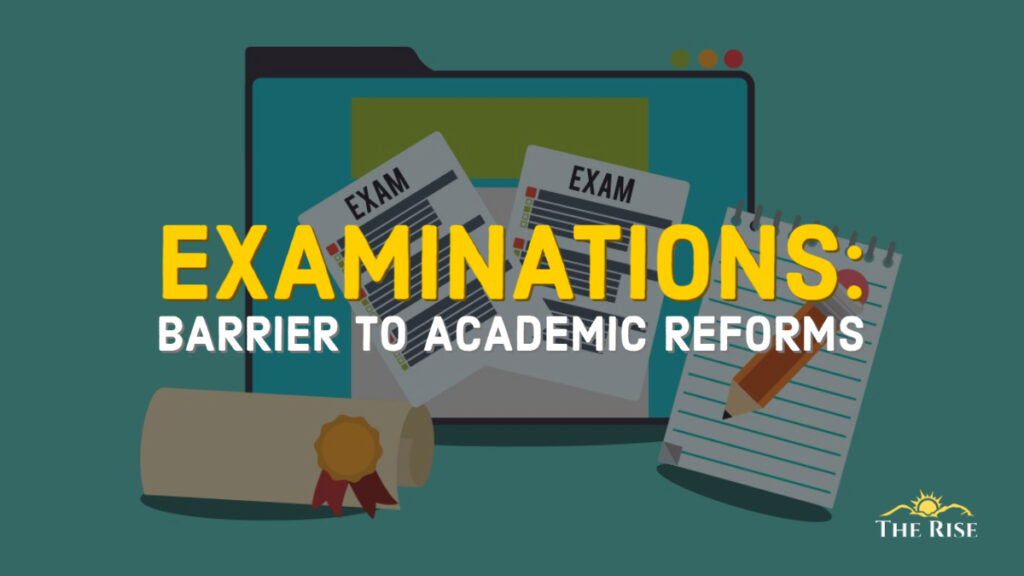


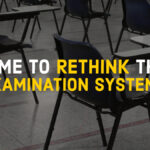



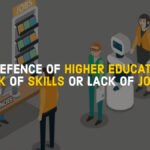

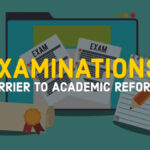
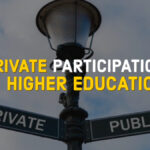


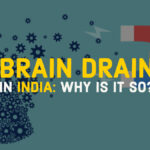


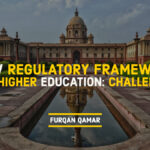











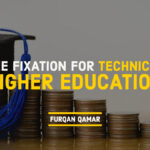







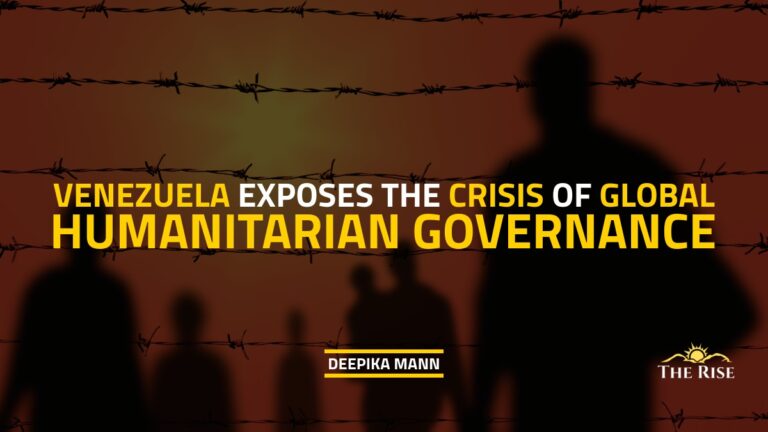



Pingback: Strategies of Better Online Assessment in Omicron Wave - TheRise.co.in